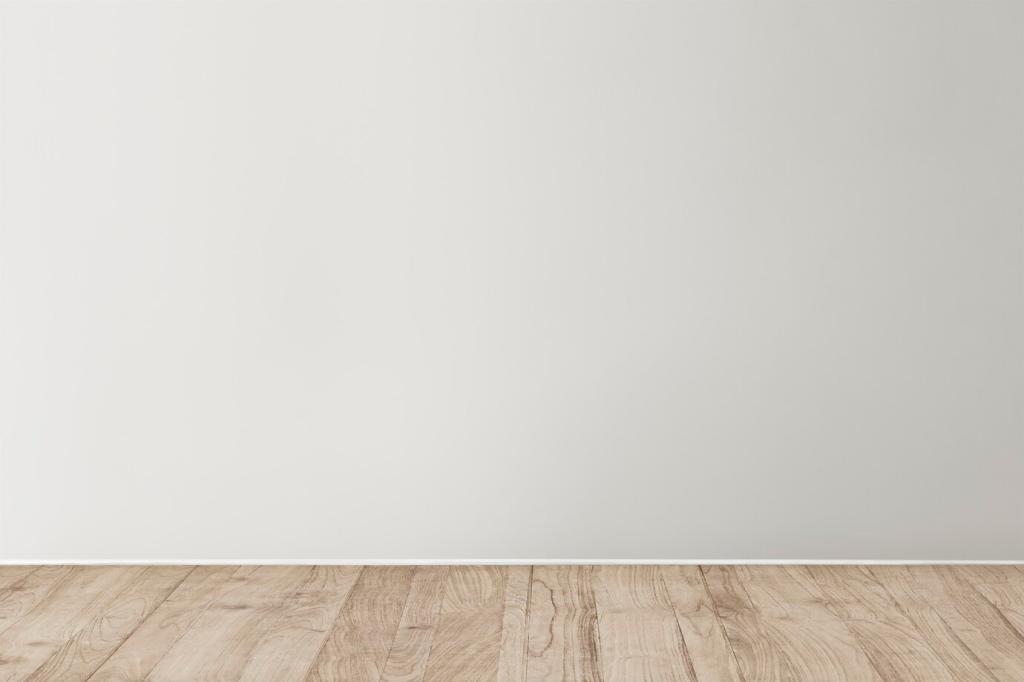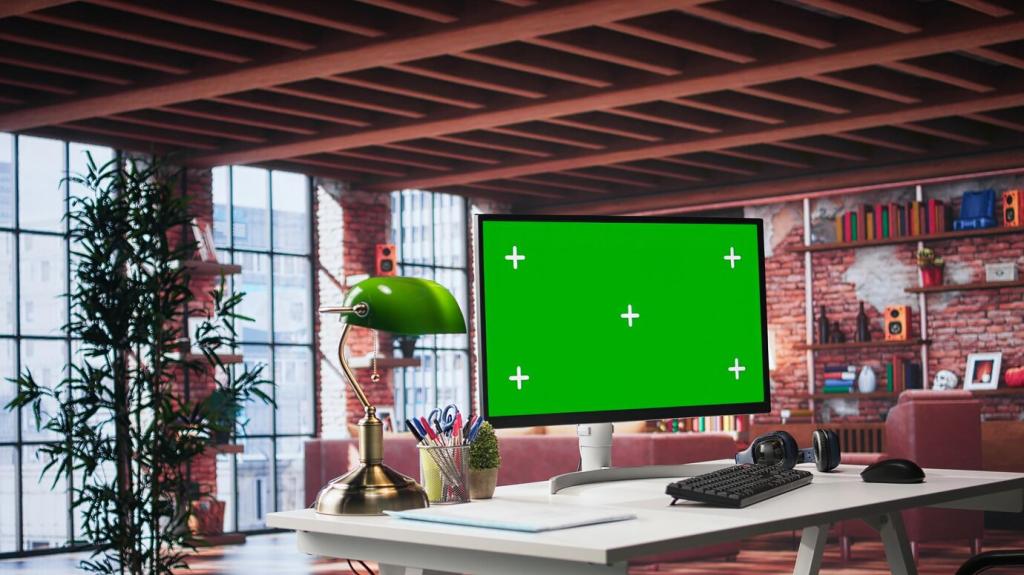Cultural Inspirations for Minimalist Palettes
Think diffused whites, pale woods, and misty blues that reflect low winter light. The palette is minimal but warm, often anchored by wool, ceramics, and candles. It’s about brightness without glare, simplicity without chill, and comfort without clutter.
Cultural Inspirations for Minimalist Palettes
Clay, ink, parchment, and weathered wood form a palette honoring imperfection. Subtle shifts in tone reveal craftsmanship and time. A tokonoma-style niche in charcoal or earth brown can become a quiet focal point inside a neutral room.
Cultural Inspirations for Minimalist Palettes
Limewashed whites, sun-baked sandstone, and olive greens create a breezy, tactile minimalism. The colors are pared back but never flat, enriched by texture and natural light. Consider a soft terracotta accent to suggest warmth without visual clutter.



